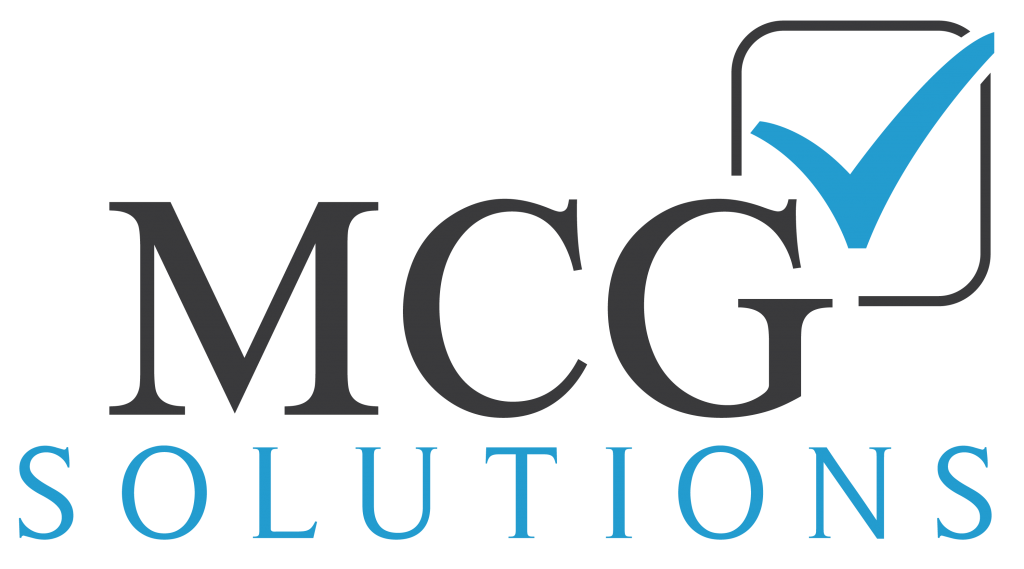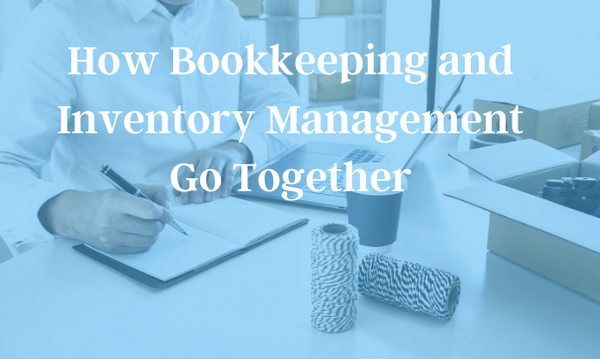If you sell products at your business, you need inventory management software. There’s no better way to keep tabs on your transactions and inventory—and as we all know, having accurate financial records is vitally important to any business.
Keeping track of your stock and sales is just the beginning. Depending on what you sell, you may need to track items by age, type and whether they’re finished or works in progress. Your stock is also considered a business asset for valuation and tax purposes. Having an accurate picture of both your finances and inventory is the key to understanding your financial health, as well as making plans to grow your business.
Read on to learn how inventory management affects your bookkeeping.
The importance of inventory management
Whether you’re a high-volume Etsy seller or an independent bookstore, inventory management is a key part of your bookkeeping. At the most basic level, you need to be able to keep track of your assets. This includes what’s selling and what isn’t, so that you experience neither gluts nor droughts in stock.
Conversely, inventory can be a liability—it can spoil, be stolen, be damaged or unwanted. Too much inventory, and you might need to sell it on clearance or destroy it. Toolittle, and your customers will be frustrated, potentially turning to your competitors.
The only way to accurately predict trends and produce or reorder goods appropriately is to commit to detailed inventory management. Luckily, there are plenty of software options that make the process easier, if not entirely automated.
Inventory management methods
There are a few common inventory management methods—if you’re a small business, you’ll more than likely use one of these.
- FIFO. FIFO stands for “first in, first out,” where the oldest stock is sold first. One drawback to this method is that it can cause businesses to overestimate the value of their inventory due to demand shifts or price fluctuations.
- LIFO. This stands for “last in, first out,” and is used when the recent inventory costs have been higher than previous purchases. This can help decrease the value of the inventory.
- AVCO. AVCO stands for “average cost,” which assigns an average value to inventory items. This is a less-accurate (but much simpler) method of inventory management.
Periodic vs. dynamic inventory management
Choosing between periodic or dynamic inventory management practices will also affect your bookkeeping. Periodic inventory management audits the entire inventory one or more times per year. The audit is reconciled against sales and inventory purchases. Any inconsistencies are written off as losses.
Dynamic inventory management, on the other hand, updates the inventory as goods are sold or purchased. Each time an item is bought or sold, the cost of goods sold (COGS) is accounted for. This provides a much more accurate overall picture of your inventory.
As you can see, the type of inventory you have and the way you manage it directly affects your bookkeeping practices. If you need assistance finding the right inventory management and bookkeeping solutions for your business, contact MCG Solutions today.

